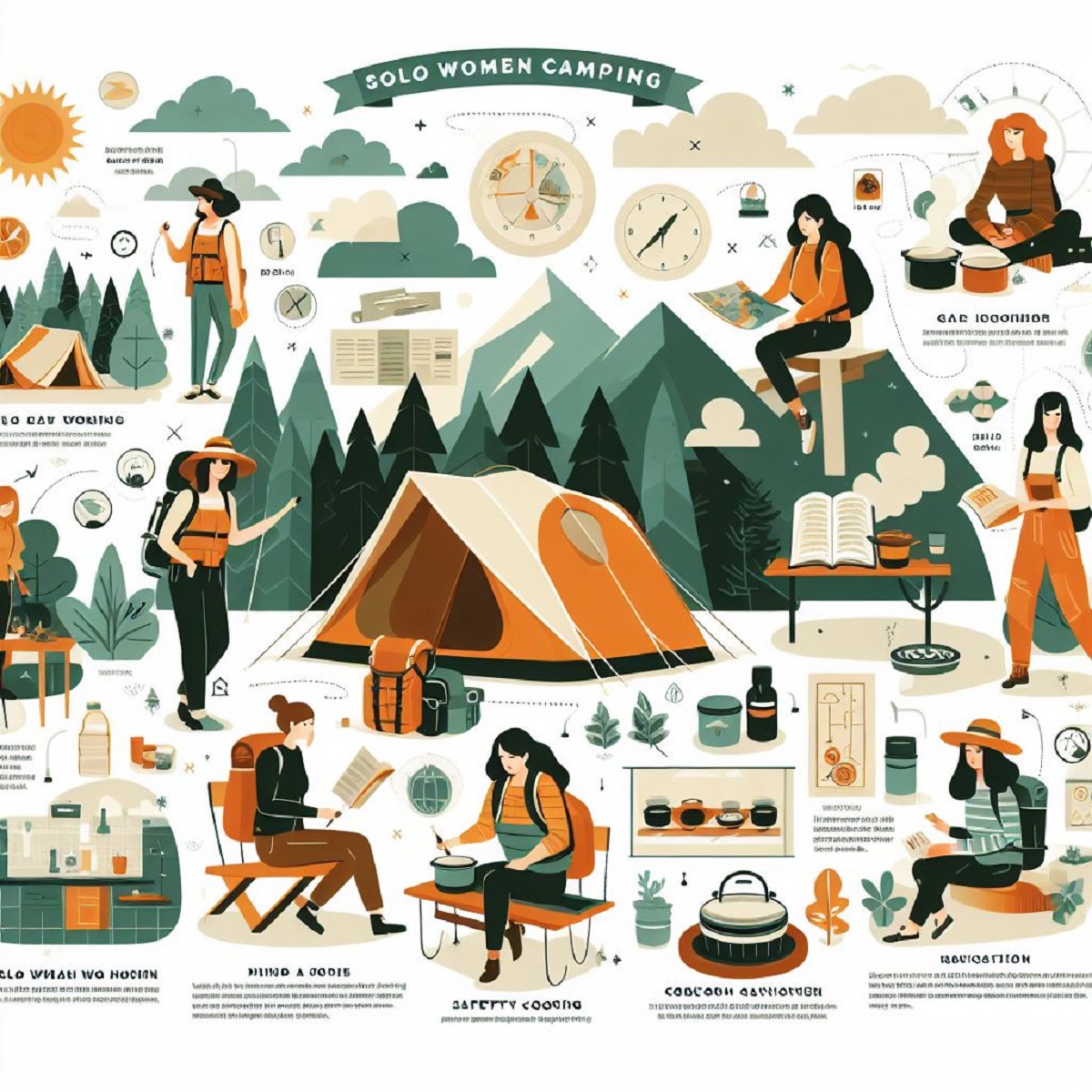Are you planning a camping trip or hiking adventure in Big Bend? Before you embark on your journey into this remote wilderness, it’s crucial to understand the potential risks and take necessary safety precautions. Let’s explore key insights and practical tips to ensure a safe and enjoyable experience amidst the rugged beauty of Big Bend.
Key Takeaways:
- Risk Awareness: Recognize the dangers posed by extreme heat, dehydration, and the remote nature of Big Bend. Understand the importance of planning and preparation to mitigate these risks.
- Communication: Always inform someone of your itinerary and expected return time, especially in areas with limited or no cell coverage. Regular check-ins and clear communication can be lifesaving in case of emergencies.
- Preparedness: Stay hydrated, protect yourself from the sun, and carry essential supplies such as water, navigation tools, and emergency signaling devices. Prioritize safety over bravado, especially when hiking alone in challenging terrain.
Navigating Big Bend Safely: Insights and Recommendations
1. Understanding Risks:
- Big Bend’s remote wilderness presents unique challenges, including extreme temperatures and limited cell coverage. Heatstroke and dehydration pose significant threats, even during winter months.
- Hiking alone in such environments increases the risk, as highlighted by recent incidents of missing hikers. Prioritize safety by understanding and respecting the inherent dangers of the terrain.
2. Communication and Planning:
- Before setting out, inform a trusted individual of your plans, including your route, expected return time, and emergency contacts. In remote areas like Big Bend, reliable communication can be scarce, making pre-planning essential.
- Choose well-traveled trails or popular camping areas to increase the likelihood of encountering other hikers or campers in case of emergencies.
3. Preparedness and Safety Measures:
- Stay vigilant against the dangers of heatstroke and dehydration by carrying an ample supply of water and electrolytes. Dress in lightweight, breathable clothing, and seek shade during peak sun hours.
- Equip yourself with essential safety gear, including a first aid kit, navigation tools, and emergency signaling devices like a whistle or mirror. Prioritize hydration and sun protection to mitigate the risks of heat-related illnesses.
Insights from Experienced Adventurers:
- Solo Hiking Risks: The remote and unforgiving terrain of Big Bend necessitates caution, especially when hiking alone. Heatstroke and dehydration can incapacitate even the most experienced adventurers, emphasizing the importance of preparedness and risk awareness.
- Communication Saves Lives: Regular check-ins with trusted contacts and clear communication of your itinerary are critical safety measures in remote environments like Big Bend, where access to help may be limited.
Conclusion:
Exploring the breathtaking landscapes of Big Bend offers unparalleled opportunities for adventure and connection with nature. However, it’s essential to approach this wilderness with caution and respect for its inherent risks. By prioritizing risk awareness, effective communication, and thorough preparedness, you can navigate Big Bend’s rugged terrain safely and responsibly. Remember, the key to a successful outdoor adventure lies in balancing excitement with prudence, ensuring a memorable and secure experience amidst the vast beauty of Big Bend National Park.









